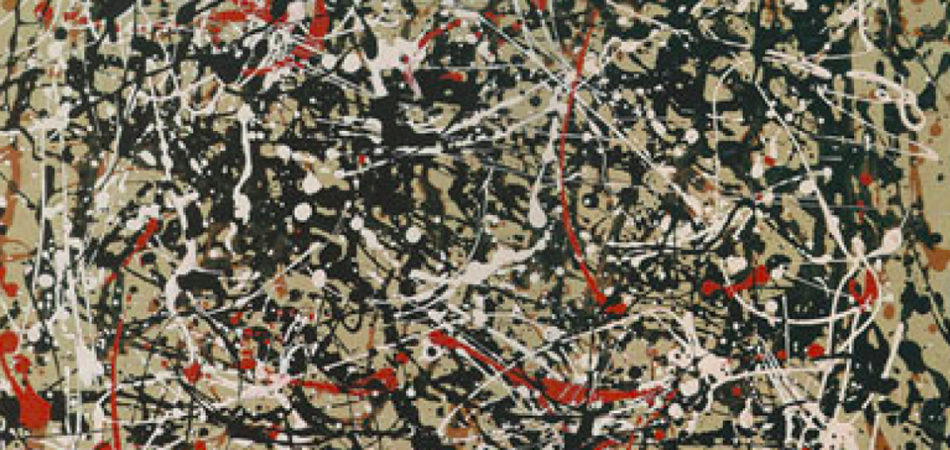How A Divorce Appraisal Surfaced A Forgery That Took Down A Venerable Gallery
In our discussions of fakes and forgeries we at The Appraisal Group believe it is important to show you that fakes and forgeries are still with us and even the experts can be fooled.
Knoedler Gallery, a New York institution since 1852, was shuttered several years ago because its principals sold forgeries of the work of blue-chip Abstract Expressionists – Mark Rothko, Jackson Pollock, Willem de Kooning,, Barnett Newman, Clyfford Still, and Franz Kline, among others. The sellers, experts all, maintained they believed the paintings that were brought to them by a Queens dealer, were authentic.

At least seven lawsuits were filed against the venerable gallery. One of the cases started with a routine appraisal, the kind The Appraisal Group handles when assets need to be divided. Making sure to double check all facts, the appraisers ordered a forensic testing of a purported Jackson Pollock painting, Untitled 1950. When the results came back, the work was found to contain yellow paint pigments not commercially available until about 1970. Pollock died in a car crash in 1956. (The buyer had paid $17M for it.)
A forged painting by Mark Rothko was sold by the same gallery to Domenico De Sole in 2004 for $8.3 million. When De Sole’s independent appraisal uncovered fraud, he sued too.
How could this happen? Who was forger?
The works were painted by Pei-Shen Qian in a garage in Queens, NY. Qian, a Chinese national, was a street artist working Greenwich Village, doing portraits. His rate started at $15 and on a good day he’d make as much as with $200, and sometimes he had to work to midnight to finish the painting. When a man offered him $200 to do an imitation of a modern art masterpiece, he found it impossible to say no. The man who commissioned the paintings commissioned more. Qian painted whatever the buyer wanted in his garage in Queens and was paid a few thousand dollars for each. By the time Knoedler Gallery sold them, they were worth millions.

Qian’s aptitude for imitation surfaced early. As a primary school student, his drawings of door gods—the traditional images of knights or gods said to protect Chinese homes from evil—were so good that his teacher insisted they were tracings from originals, he recalled in a Bloomberg.com interview. As Communists took control of mainland China, his parents, who owned a printing plant, escaped to Taiwan in 1950 with the three youngest of their seven children. Qian, barely 12, stayed with the remaining siblings and later moved in with relatives in Shanghai. He came to the U.S. on a student visa, and the rest now has a place in the history of successful forgeries.
The man who commissioned the paintings turned them to a Queens dealer who sold them to Knoedler Perhaps one day, we’ll do a blog on the ins & outs of the art world.) Qian, who no longer lives in the United States disavows his role, saying “I made a knife to cut fruit. But if others use it to kill, blaming me is unfair.”

Editor’s Note: Today’s featured image is an ink-splash painting purportedly by Jackson Pollock. It is a fake.







 Dec 17, 2022
Dec 17, 2022 


